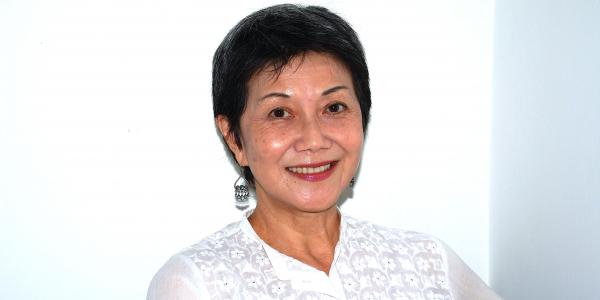Moving Bones: The Repatriation of Human Remains in Late Qing as a Historical and Cultural Phenomenon
To be buried in one’s home village, like fallen leaves returning to their roots, was a long-held ideal in China. For centuries, returning for burial the remains of deceased sojourners including officials, merchants and candidates of the civil service examination, was an aspiration put in practice whenever possible. With expanding Chinese migration overseas in the 19th century, tens of thousands of coffins, bone boxes and spirit boxes were returned to China from North and South America, Australia and New Zealand, South East Asia and the Caribbean. The process of returning bones was complex, involving the collaboration of far-flung organizations, administrative mechanisms, knowledge of ritual correctness, long-distance logistics planning, trust, and money. It was an expression of many things – philanthropic impulse, social leadership, love of the native place, filial piety, belief in fengshui, fear of the hungry ghost among them. We may see this moving of the dead as an extraordinary phenomenon in human history given the geographical reach, the volume and frequency, the long duration, and the deep social and cultural meanings attached to it. This lecture will focus on the repatriation activities from California during and after the gold rush and railroad building days. Hong Kong, the entrepot for almost all the bone boxes en route to China, will be highlighted as an “in-between place”, a concept which I offer as a new tool in migration studies.
Elizabeth Sinn is the author of Pacific Crossing: California Gold, Chinese Migration, and the Making of Hong Kong. Before retiring in 2004, she was Deputy Director of the Center of Asian Studies, University of Hong Kong. She is currently an Honourary Professor at the University.
Registration is required to attend the lecture. Once registered you will receive the Zoom link.
Supported by a gift from Leung Tung Peter & Lin Young.

